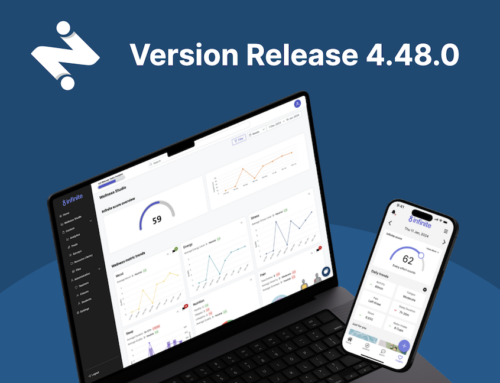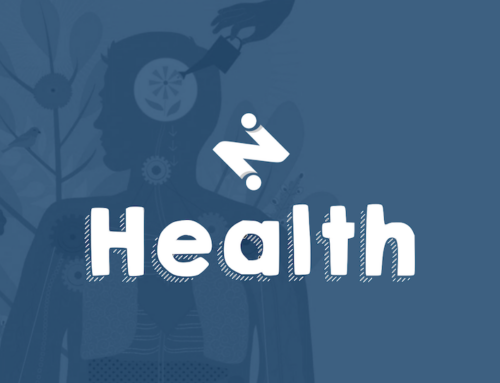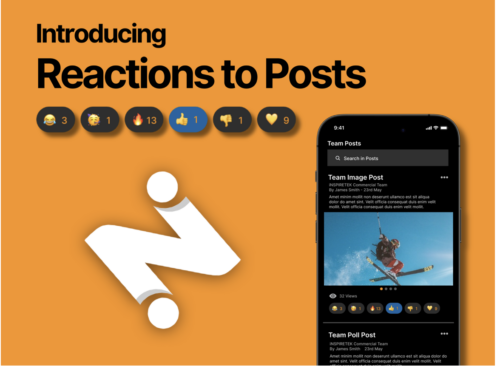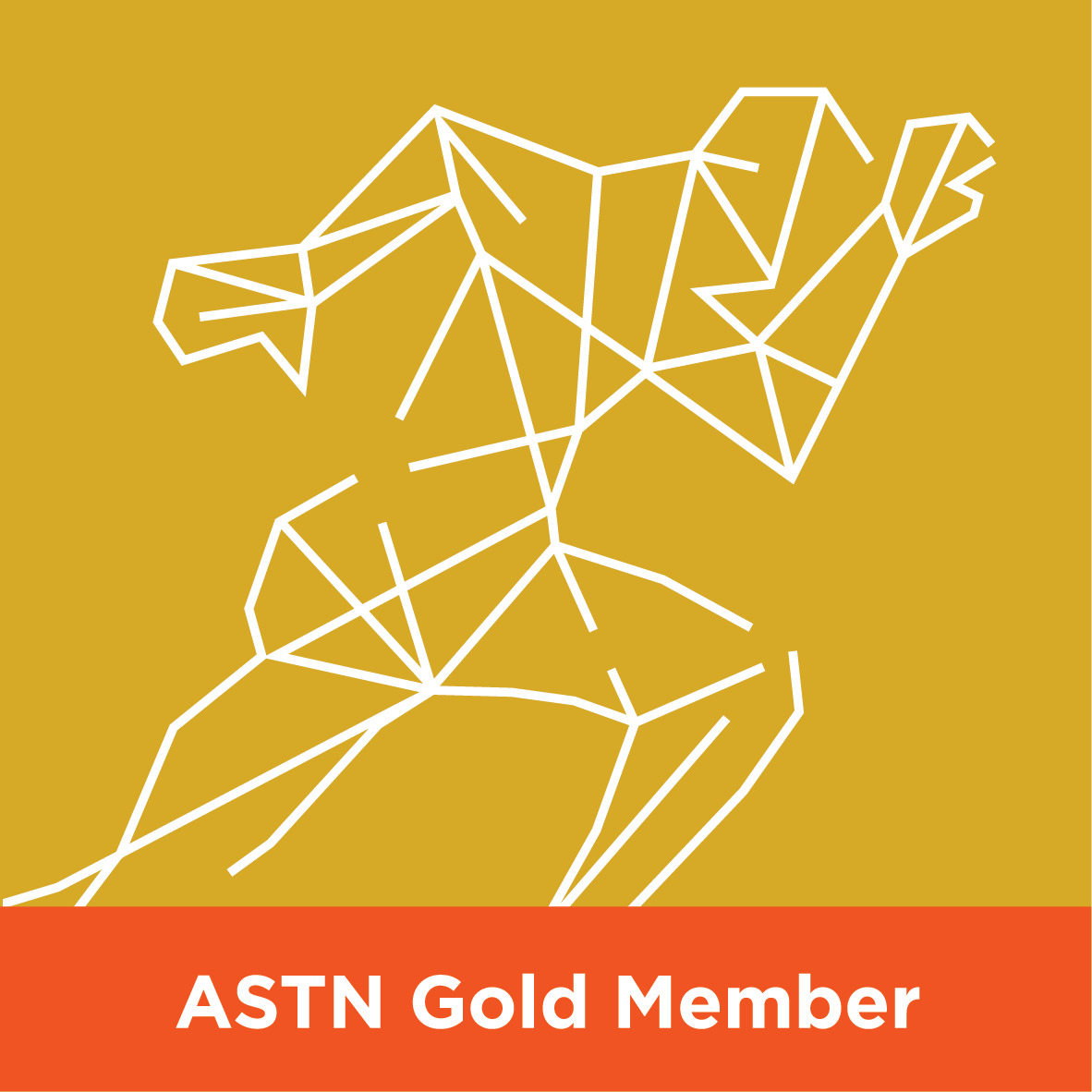At iNSPIRETEK, we talk quite a bit about prevention-via-prediction. Along with ‘Automated Intervention’, these terms serve as foundational components of our technology and our overarching focus on preventive mental health and wellbeing solutions.
This focus on prevention guides our company, our products, and everything we do as a brand and technology platform. It is why we are helping young people, and young athletes, first and foremost. We want to offer effective support and assistance at such an important period in one’s life, and especially before issues worsen in the near term or later on in life.
Today’s post is meant to better explain by what we mean when we say prevention-via-prediction, and how we work to utilise data to provide the most effective and timely interventions possible. By connecting the mindset of prevention, which is baked into all of our content and products, with prediction, which comes from the data we capture, we empower our users to take ownership over their mental health wellbeing in a secure and private way, while providing them with tools and support that they may be unaware they need or unable to access.
Automated Interventions
Automated is likely a word you come across often if you are interested in technology and use other health platforms. It is a word that is so used that it is sometimes devoid of true meaning (also known as a buzzword). From our standpoint, we like to use it to show the scalability of our platform to help thousands, and eventually millions, of young people. The best mental health and wellbeing support is through 1-on-1 sessions with a trained and experienced clinician, but we know that in Australia (and across the world) that simply is not a feasible option for many people. Whether it is an access barrier, a cost barrier, or another type of hurdle to overcome, the majority of people are unable, or unwilling, to get the help they need.
Technology has the power to get the support started by intervening automatically whenever it detects that something might be wrong, or a negative trend is beginning to develop with a young person. We know that as a health technology platform, we need to work with government, large sporting orgs, therapists, prevention hotlines, and other leaders in this space to create as many touchpoints with young athletes, and young people in general, as possible.
Through data analysis, our technology aims to intervene with evidence-based resources for young athletes and their support systems, creating a highly personalised explore page that is relevant to each individual. We aim to predict mental health issues before they arise through this automation, and this tool becomes more effective and better able to personalize support with the more users and data within the platform.
Some specific components of this system:
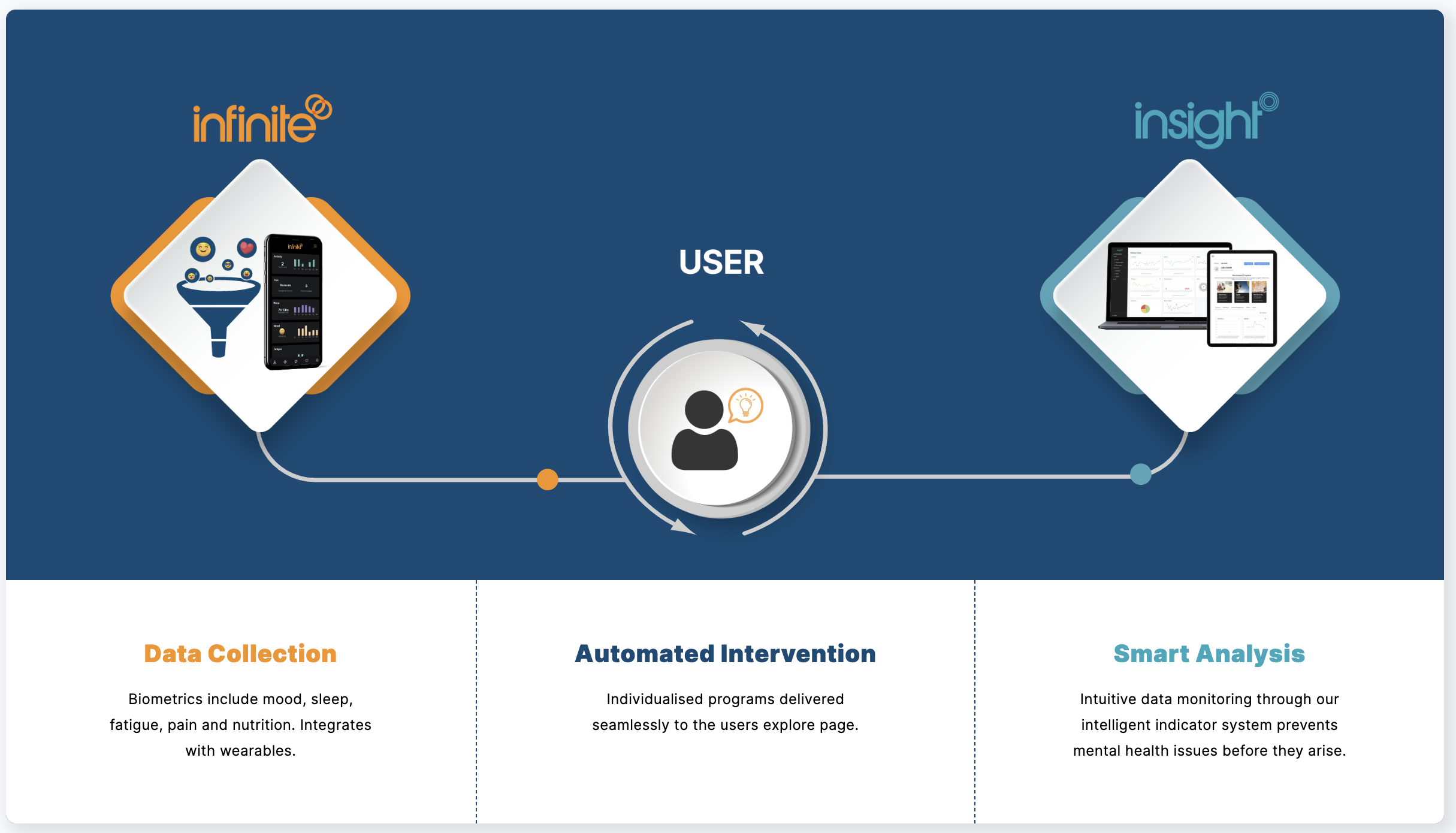
Data Analysis: User biometrics, preferences and engagement data are combined to create indicator scores for coaches and support systems (parents, friends) to monitor.
Content Recommendation: Based on the users individual indicators, personalised, evidence-based programs are promoted to a person’s ‘explore’ page within the app.
Intervention: The algorithm we have implemented into our technology means no athlete or user goes unnoticed.
Our prevention-via-prediction model is driven by these automated and assisted intervention tools and curated, educational and evidence-based content relevant to certain sports and stages of athletics (we know that the context and familiarity matters a lot, too).
How does the prevention-via-prediction technology work?
The above components work together in sequence to provide mental health and wellbeing support specific to each athlete.
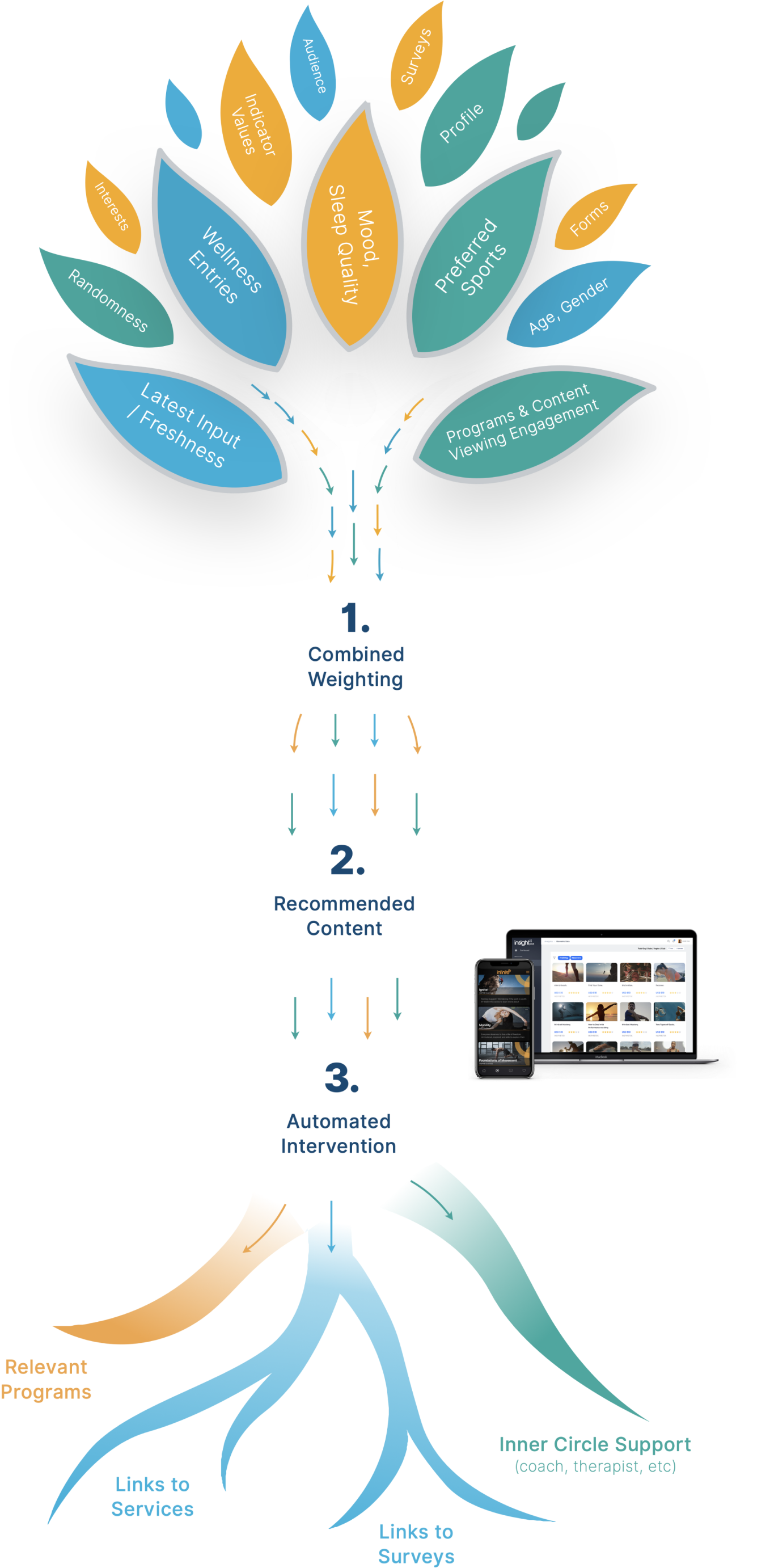
1. Combined Weighting
Our back-end system dynamically adjusts the experience a user has on the platform, from recommended content to programs related to their areas of need.
2. Recommended Content
Our resource library provides evidence-based mental health and wellbeing education to users through the Infinite platform (our user app).
3. Automated Intervention
Based on inputted metrics and indicator scores, our system automatically triggers the most impactful content and interventions to each user.
We are not aiming to replace the important and needed resource of help from a trained psychologist or mental health expert in an appropriate one-on-one or group setting. But we know that the scale of the mental health and wellbeing epidemic among youth is far greater than the available help, and that technology has an important role to play (again, along with many others in the overall health, athletics and educational ecoystems). We are focused on doing our part, and continually improving and refining to deliver the most timely and effective support possible to young people and young athletes all over the world.

